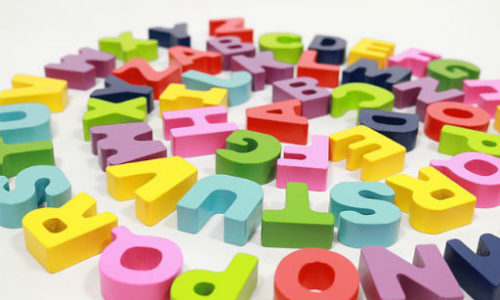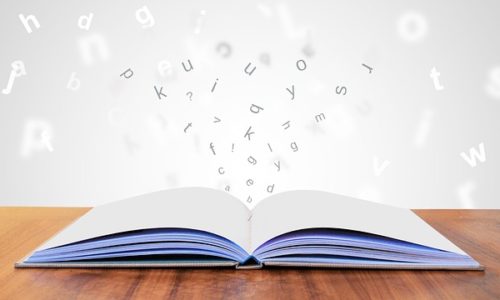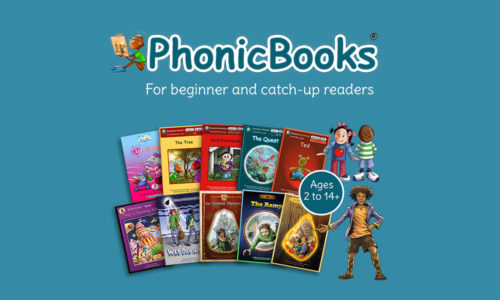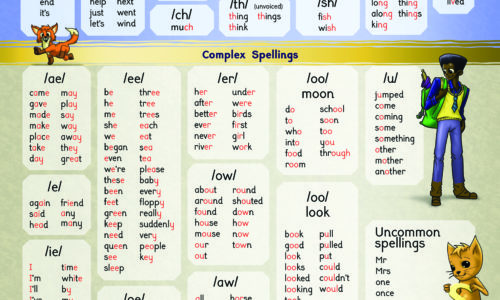Most teachers will agree that the purpose of reading is comprehension. But many children, especially kids who struggle with reading and spelling, hate comprehension activities. It’s not because they hate comprehending or answering questions. It’s because many comprehension activities often entail writing the answer. And many kids hate writing. Why? Because it’s really hard! Writing […]
Read MoreHow to make comprehension fun
Posted on in Decodable Books, Dyslexia, Learning to Read, Reading Difficulties, Reading Resources and tagged activities, activities for comprehension, article, beginner readers, comprehension activities, comprehension and decoding, decoding and comprehension, fun comprehension, how to make comprehension fun, how to teach comprehension, making comprehension fun, teaching comprehension, teaching ideasLeave a Comment on How to make comprehension fun





